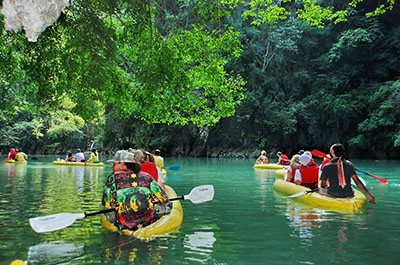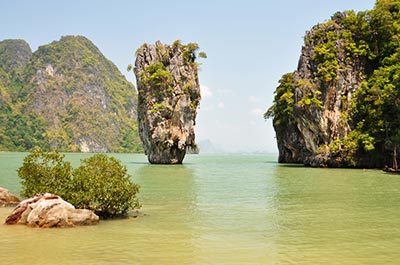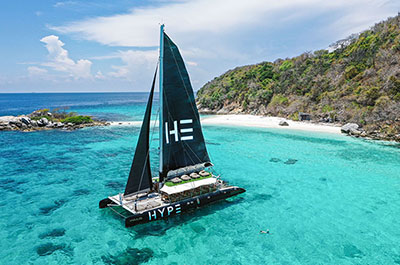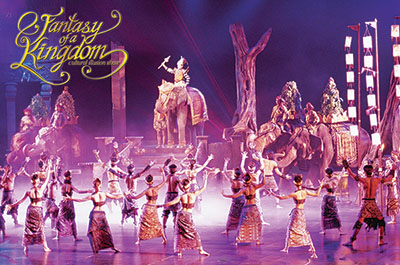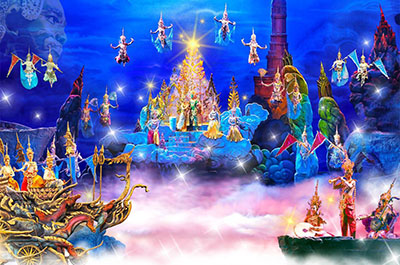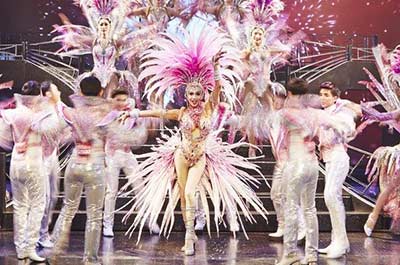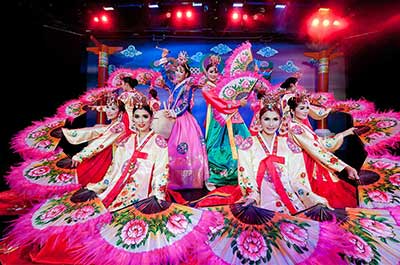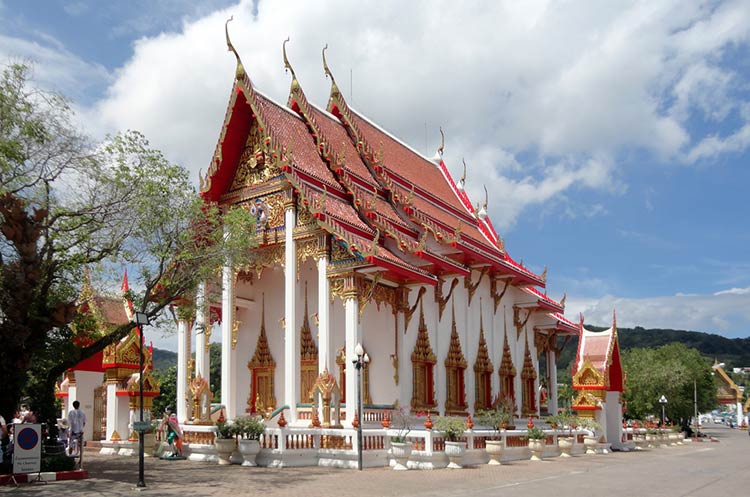
Wat Chalong
Phuket’s largest and most revered temple
Of the many temples on Phuket island, the Wat Chalong temple is the largest and most revered. The temple complex was built in its current location in 1837. Some remains of older structures have been found, however it is unknown exactly how old they are.
The large grounds of Wat Chalong that is officially named Wat Chaitararam contains a viharn, a mondop, an ubosot, a chedi containing a sacred relic, a sala and a crematorium.
Visit Wat Chalong
The easiest way to see Wat Chalong is to book an island & city tour.
History and legends of Wat Chalong
Many tales and legends surround Wat Chalong. One of the stories evolves around the Chinese Coolie Rebellion of 1876.
The Chinese Coolie Rebellion
One of the pillars of Phuket’s wealth in previous centuries was the tin mining industry. Most of the people employed in the mines were Chinese immigrants.
In 1876, the Chinese Coolie Rebellion (or Angyee Rebellion) broke out across Phuket, during which several people got killed. Local Thai people came to the temple for help and advice. Luang Phor Cham, who was at the time the Abbott of Wat Chalong, assisted the people in the fight against the Angyee, although he could not fight himself, being a monk.
After the rebellion had been put down, King Rama V invited Luang Phor Cham to Bangkok, where he received the title of Phra Kru Wisit Wongsacharn. A statue of Luang Phor Cham can be found in the mondop building.

Luang Phor Cham’s walking stick
Several stories deal with Luang Phor Cham’s walking stick, that is believe to hold healing powers. A number of people were said to be cured of stomach pains after being touched with the stick. The famous walking stick is still being kept in the ubosot, but can not be viewed by the public.
Healing
Wat Chalong has a long history of being associated with healing. Two former abbots of the temple were known for their knowledge of herbal medicine and their work of healing of local people. The viharn contains statues of these two revered monks covered with gold leafs that local people stick there to pay their respect.
Local people making merit
Buddhist people come to the temple to pay respect to the Buddha by lighting candles, offering lotus flowers and applying gold leafs to Buddha statues. Often you will see firecrackers being set off as a way of showing gratitude for prayers that have been answered. Local people also go the temple to ask for the winning lottery numbers and to pray for health, good luck and wealth.

Enshrining a Buddha relic
Relic of the Buddha
Wat Chalong Temple is most revered for the sacred relic that is kept here, a fragment of a bone of the Buddha. The relic that is named Phra Borom Sareerikatat is kept inside a glass case on top of the sixty meters tall Phra Mahathat Chedi. It was brought over from Sri Lanka and was installed in the chedi by King Maha Vajiralongkorn.
Murals of the Jataka tales
The walls of the chedi contain mural paintings depicting scenes from the Jataka, the tales about the previous lives of the Buddha. A large number of Buddha images is kept inside the three story chedi.
How to get to Wat Chalong
Chalong Temple is located almost 10 kilometers South of Phuket Town and just east of Kata beach in the South Eastern corner of the island.
From any of the beach resorts you can get there by taxi or tuk tuk. Before you leave, be sure to agree on the price. You can book a round trip tour, in which case the driver will wait for you to bring you back to the hotel.
Opening hours
Wat Chalong is open daily from 7 am until 5 pm.
Best day to visit is a weekday. On weekends and Thai public holidays the grounds can get very busy.
Every round around Chinese New Year (end of January) the Wat Chalong Festival is held over a period of 8 days, during which it can get pretty crowded.
Admission
Admission is free. Donations for the maintenance of the temple complex are appreciated.
Attractions in Phuket:
Phuket Island & City Tours
- Private or group tour
- Full day or half day
- English, German, Spanish or French speaking guide
